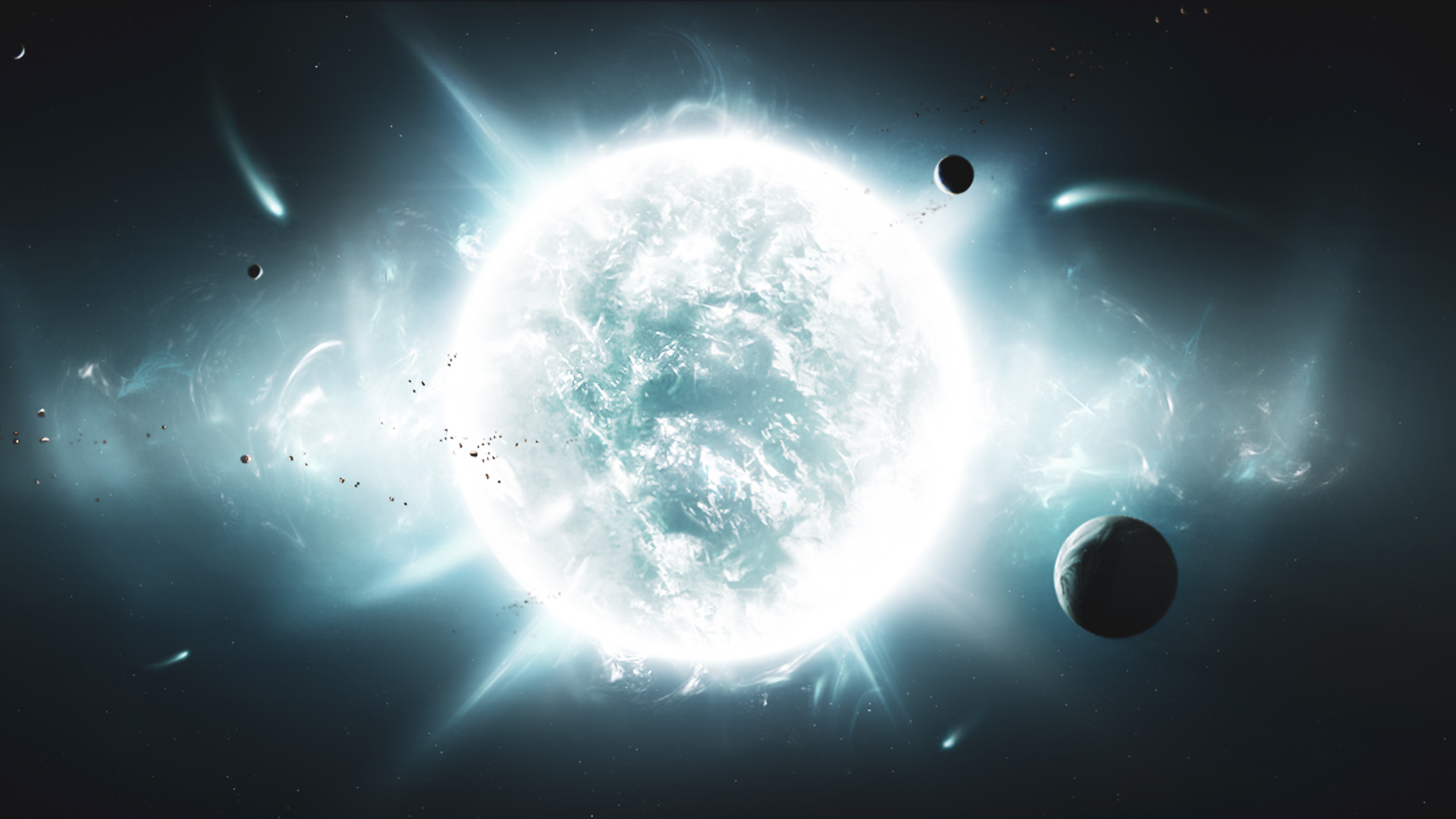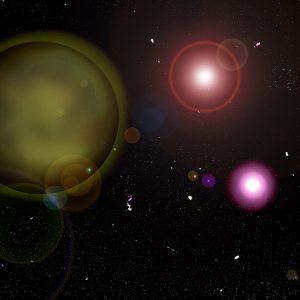
Top Ten Closest Stars To The Earth
30.03.2022

10. Ross 248 (10.322 ly) : This star has about 12% of the Sun’s mass. It is a flare starthat occasionally increases in luminosity.

9. Ross 154 (9.6813 ly) : It’s a young red dwarf star. This star, which is estimated to be about 1 billion years old, also changes in brightness in regular periods for several days.

8. Luyten 726-8 (Binary Star) (8.7280 ly) : This star system was discovered in 1948 by Willem Jacob Luyten. The system consists of two M spectral class red dwarf stars, almost identical to each other.

7. Sirius (Binary Star) (8.5828 ly) : It is the brightest star in the night sky. Sirius is a binary star, consisting of a normal star Sirius A and a faint white dwarfcompanion Sirius B. Sirius is gradually moving closer to the Solar System.

6. Lalande 21185 (8.2905 ly) : It was discovered by French astronomer Jerome Lalende in 1801. Although it’s far away from the Earth about 8 Ly, and red dwarf with a half mass of the Sun, it can’t be seen with naked eye.

5. Wolf 359 (7.7825 ly) : Wolf 359 is a very small red dwarf star. It’s s pale that you may not see it if you don’t have a good telescope.

4. Barnard’s Star (5.9630 ly) : It’s a red dwarf star about 6 light years away from Earth and the closest star in the northern celestial hemisphere. The star is named after the American astronomer E. Barnard.

3. Alpha Centauri (Binary Star) (4.3650 ly) : It is the closest star system and closest planetary system to Earth’s Solar System at 4.37 light-years from the Sun. The system consist a red dwarf star, Proxima Centauri, 2 sun like star, Alpha Centauri A and B.

2. Proxima Centauri (4.2421 ly) : The star Proxima Centauri isn’t visible to the eye, but it’s one of the most noted stars in Earth’s sky. It’s a red dwarf star with only about an 12% of the mass of the sun.

1. Sun (0.0000158 ly) : The Sun is a star at the center of the Solar System. The Sun’s diameter is about 110 times wider than Earth’s. Its surface temperature is around 5500 degrees Celsius.

